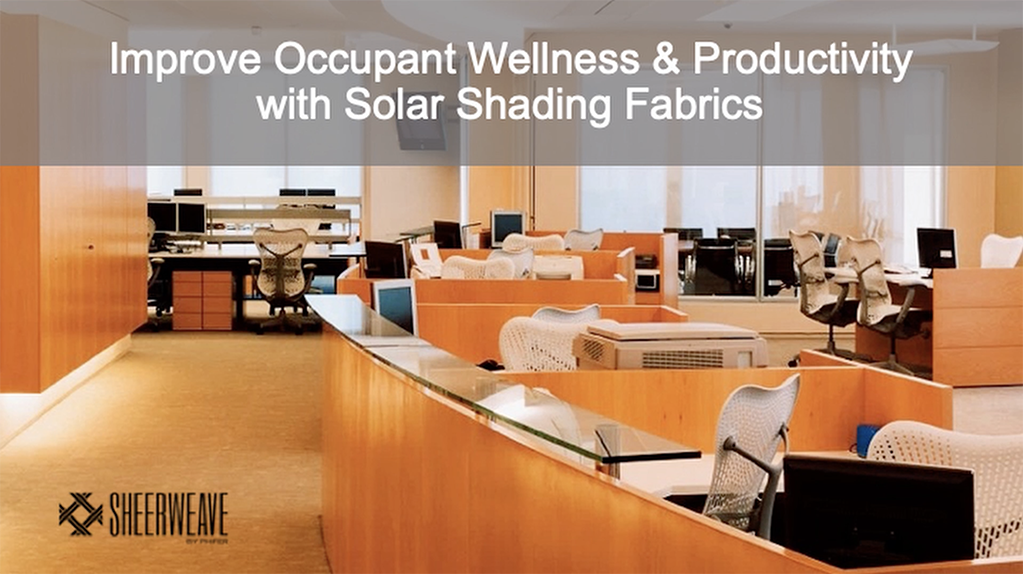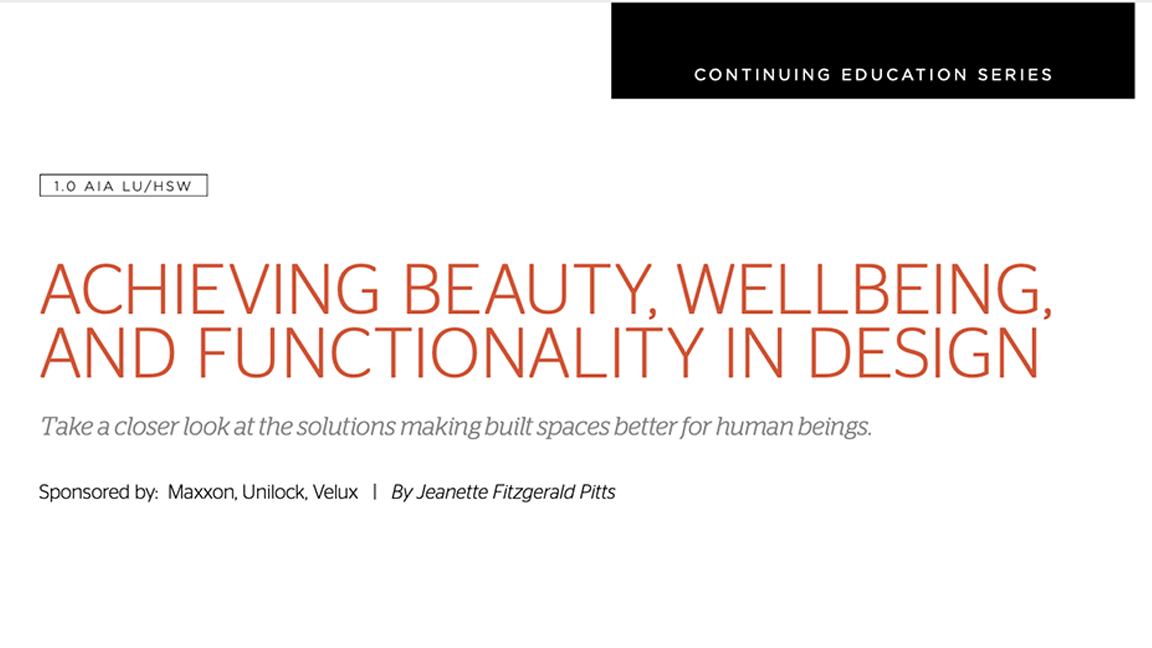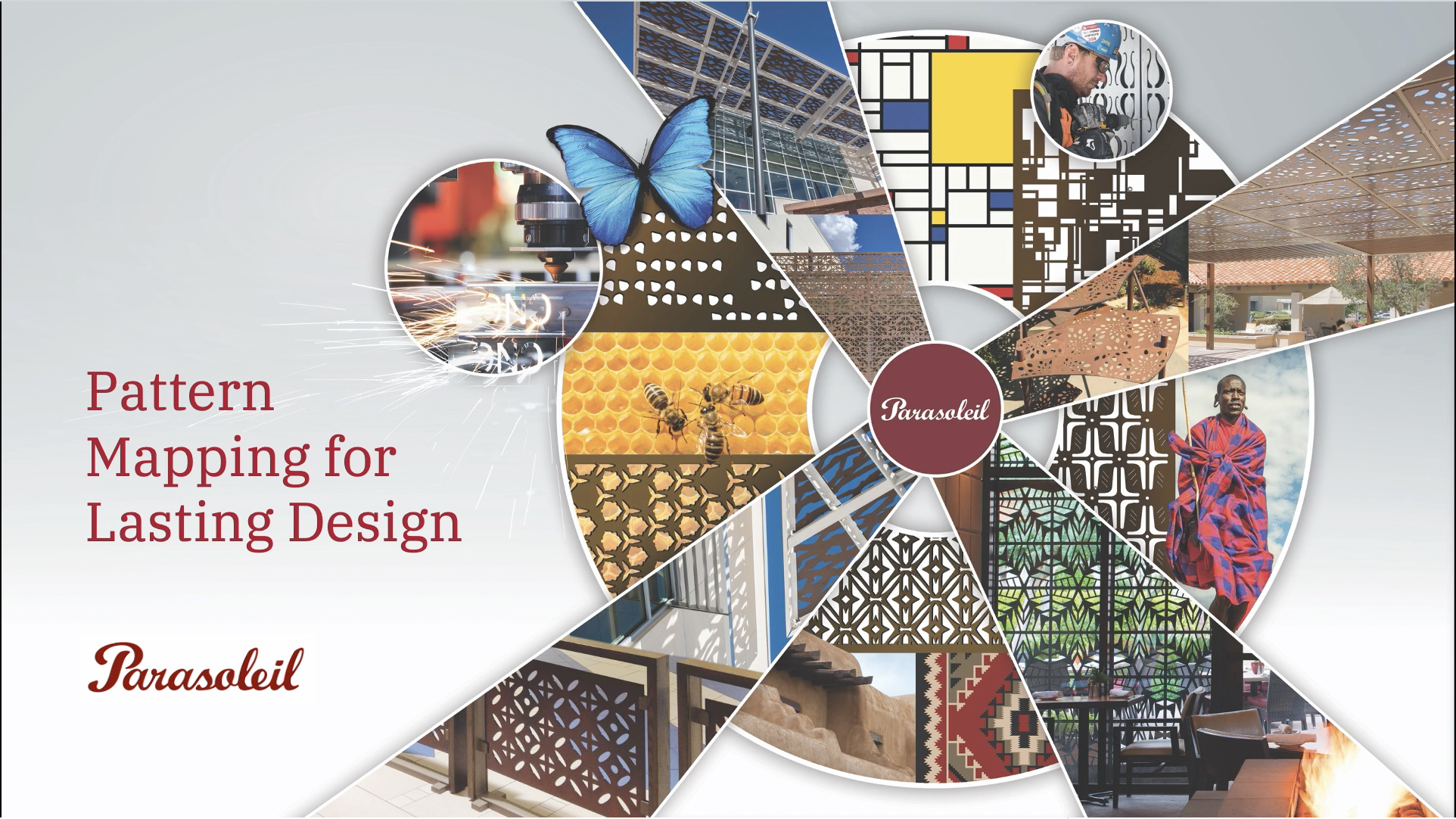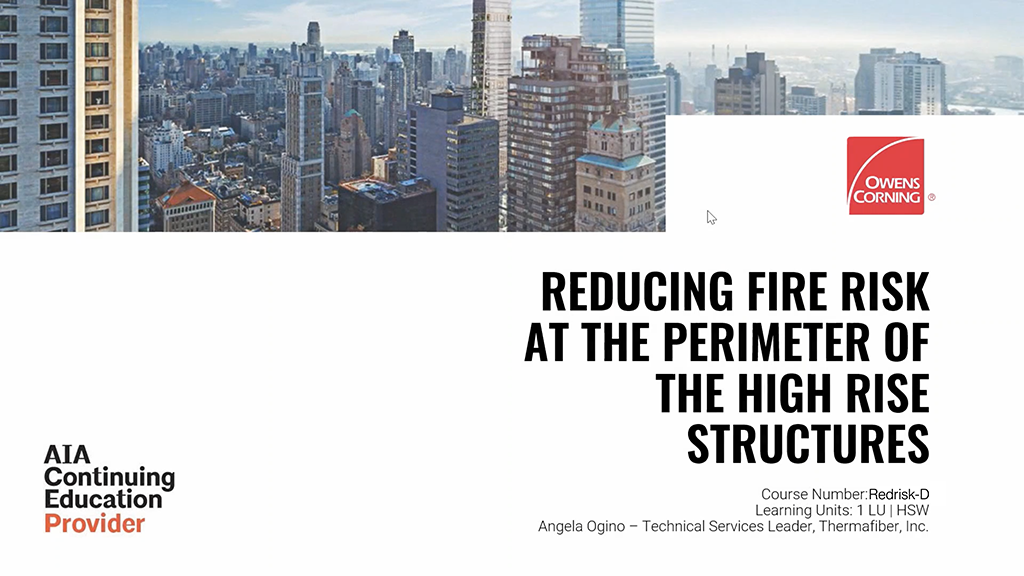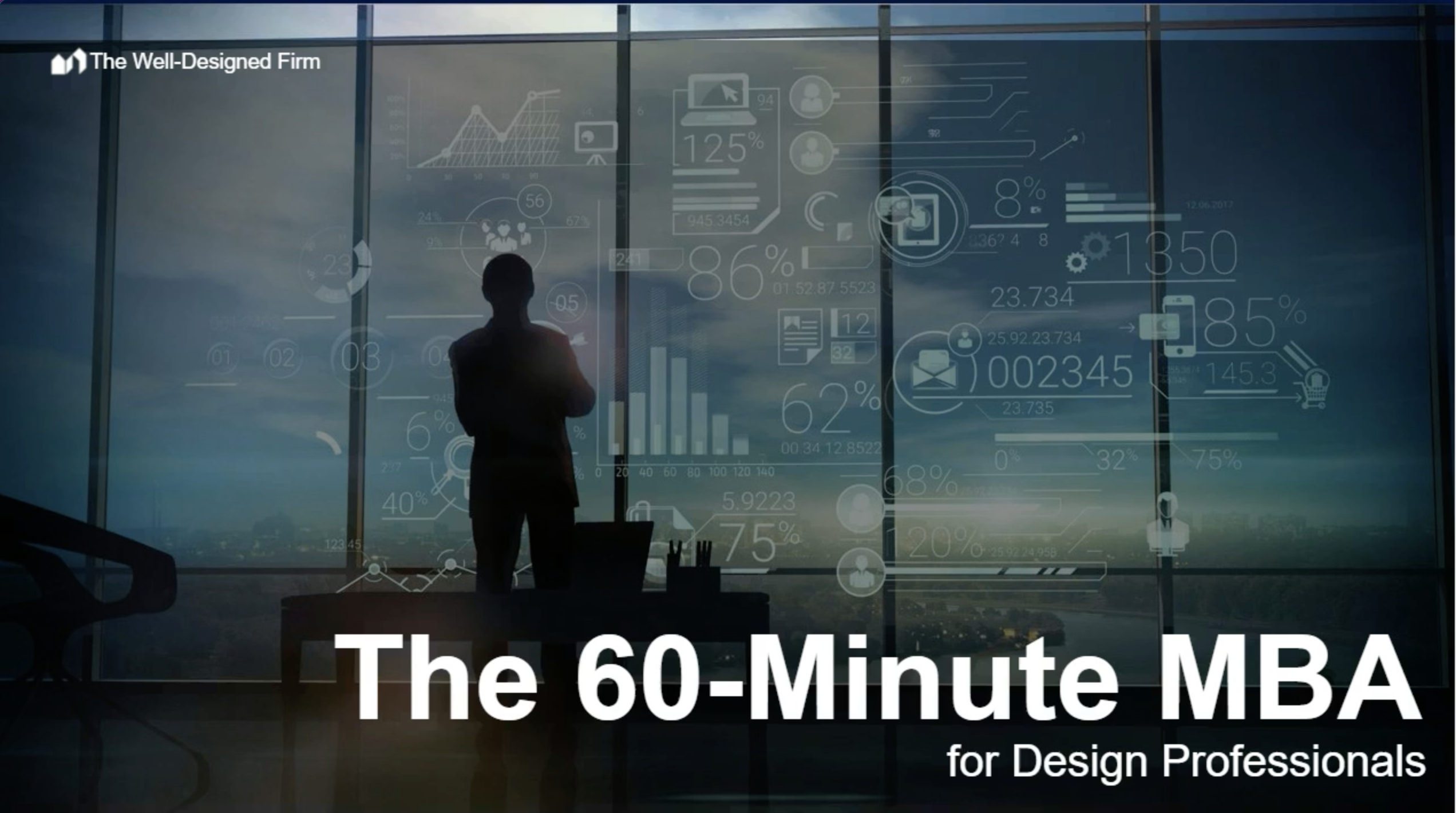Egress Marking and Illumination ISO-0501
This course is designed to introduce the architect to egress marking systems that are used for ordinary way finding and building evacuation in emergency situations. These signage systems are meant to be selected and installed according to specific standards established by building codes. Additionally, once installed, these systems must be tested to assure their efficacy in case of an emergency. How to select and specify the appropriate markers and the technological solutions available, as well as testing methods, will all be covered in this course.
HSW Justification:
Building exit markings are critical to the health, safety, and welfare of building occupants during emergency situations.
Learning Objective 1:
When this course is complete the student will will understand egress signage obligations as imposed through building codes and standards.
Learning Objective 2:
The student will further understand the various technologies available to address those signage codes and standards.
Learning Objective 3:
And, the student will learn what the requirements are to conduct on-going testing of egress systems after installation.











